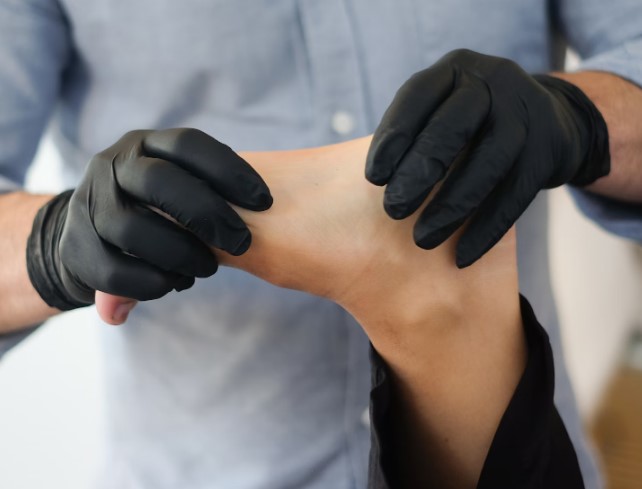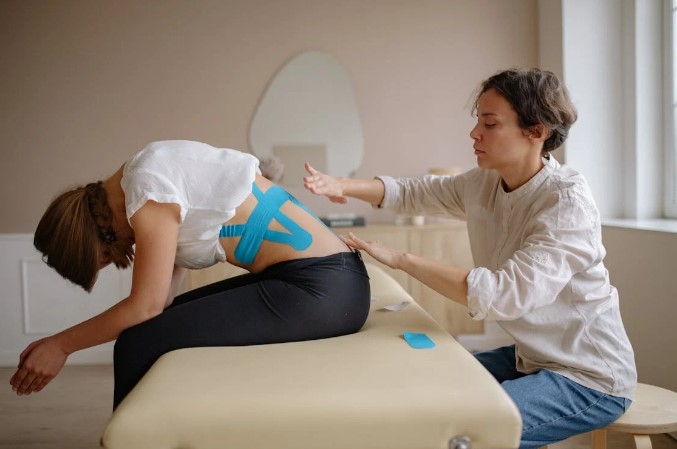Physiotherapy: Rehabilitation and Injury Prevention
Physiotherapy plays a crucial role in the management of musculoskeletal conditions, injuries, and chronic pain. Through a combination of manual therapy techniques, exercise prescription, and patient education, physiotherapists aim to restore function, alleviate pain, and prevent recurrence of injuries.
Physiotherapy interventions may include joint mobilization, soft tissue massage, therapeutic exercises, and biomechanical assessments. By addressing underlying biomechanical imbalances and movement dysfunctions, physiotherapy helps individuals optimize their physical function and performance.
In the integrative approach, physiotherapy complements Pilates by providing targeted rehabilitation exercises tailored to individual needs. Physiotherapists work closely with Pilates instructors to design comprehensive treatment plans that address both acute injuries and long-term musculoskeletal issues.

Podiatry: Foot Health and Biomechanical Correction
Podiatry focuses on the diagnosis, treatment, and prevention of foot and lower limb disorders. Podiatrists are trained to assess foot structure, function, and gait patterns, identifying abnormalities that may contribute to pain, injury, or dysfunction.
Common podiatric interventions include orthotic therapy, gait analysis, footwear advice, and manual therapy techniques. By addressing foot-related issues, such as plantar fasciitis, bunions, or Achilles tendonitis, podiatrists help improve overall biomechanical efficiency and reduce the risk of overuse injuries.
In the integrative approach, podiatry complements Pilates and physiotherapy by addressing the foundation of movement—the feet. Experience all these approaches at Toowoomba Heel Pain Clinic. By optimizing foot function and alignment, their podiatrists contribute to the effectiveness of Pilates and physiotherapy interventions, facilitating better movement patterns and reducing the risk of injury recurrence.
Conclusion
The integrative approach of Pilates, physiotherapy, and podiatry offers a holistic framework for improving musculoskeletal health and enhancing overall well-being. By combining the principles and techniques of these disciplines, individuals can address underlying biomechanical imbalances, rehabilitate injuries, and prevent future musculoskeletal issues.
Whether you’re recovering from an injury, seeking to improve your athletic performance, or simply aiming to enhance your quality of life, consider incorporating Pilates, physiotherapy, and podiatry into your wellness routine. By working with skilled professionals in each field, you can embark on a journey towards better health, mobility, and vitality.
Remember, the key to success lies in consistency, patience, and a commitment to self-care. Invest in your physical health today to enjoy a lifetime of movement, freedom, and vitality tomorrow.



